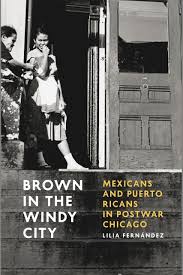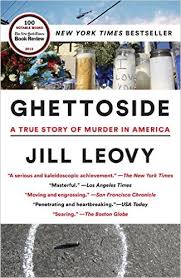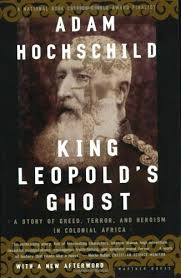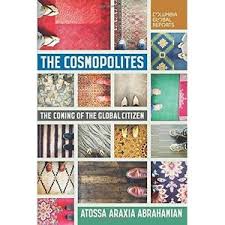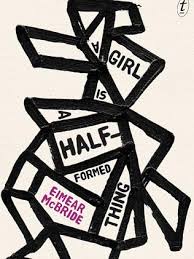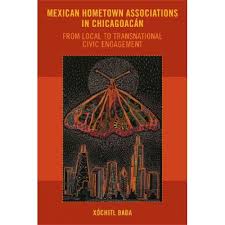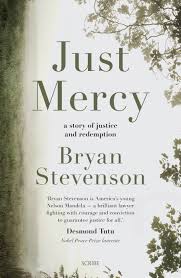Countering Reading Reluctance
I have a confession. When told that I must read a book or see a movie, my instinct is often to go in the other direction. “Yes, yes,” I will probably say while inwardly compiling a list of all the other books and movies I simply have to get to first. It is irrational, I know, and is likely a reflection of stubbornness and a deeper character flaw – obstreperousness.
I do, however, I seek and savor the recommendations of others. I want to know what you have read and seen. What brings out my mule-like tendencies is special combination of hype, popularity, and an unwelcome moral imperative. Are we bound to all see the same cultural production? The problem is worse with book-movie combinations, the full cultural tsunami.
Consequently, there are significant gaps in my familiarity with popular culture. I have never seen more than 6 minutes of the Game of Thrones. I don’t know why the Gone Girl isn’t there anymore. For a while it seemed if everyone was talking about Shades of Gray. I noticed many copies at the bookstore and the title on cable TV, but that’s about it. From reviews I know that it is about sex and bondage and is poorly written – and that is about it. Reading reviews usually gives me enough information to follow conversation and to make appropriate noises. Be warned, though – I have no real direct experience with any reality television.
Bearing all this in mind, I picked up Colm Toibin‘s Brooklyn with trepidation. It gathered prestigious literary awards and Toibin is a superb writer. Then the movie came out to critical acclaim. It seemed inescapable for a brief stretch of time. I have very fond memories of living in Brooklyn. Not in the 1950s, but still – more than a few folks mentioned the book in passing. I have yet to view the movie. So bearing full ownership of my irrational reluctance, I settled down to read the novel.
It is really, really good. Toibin writes sparingly and with care. The characters are well-developed. The plot is carefully paced. There are no tricks, no overt drama, no presumption of being more that it is. Its strength is within its focus. In many ways it is a novel with an older, more simpler style – but in no way is it old-fashioned or mannered. All in all, I was greatly impressed.
Who knows, I may enjoy the movie, too.
Perhaps it is not too late for me to learn a few new tricks.
David Potash

